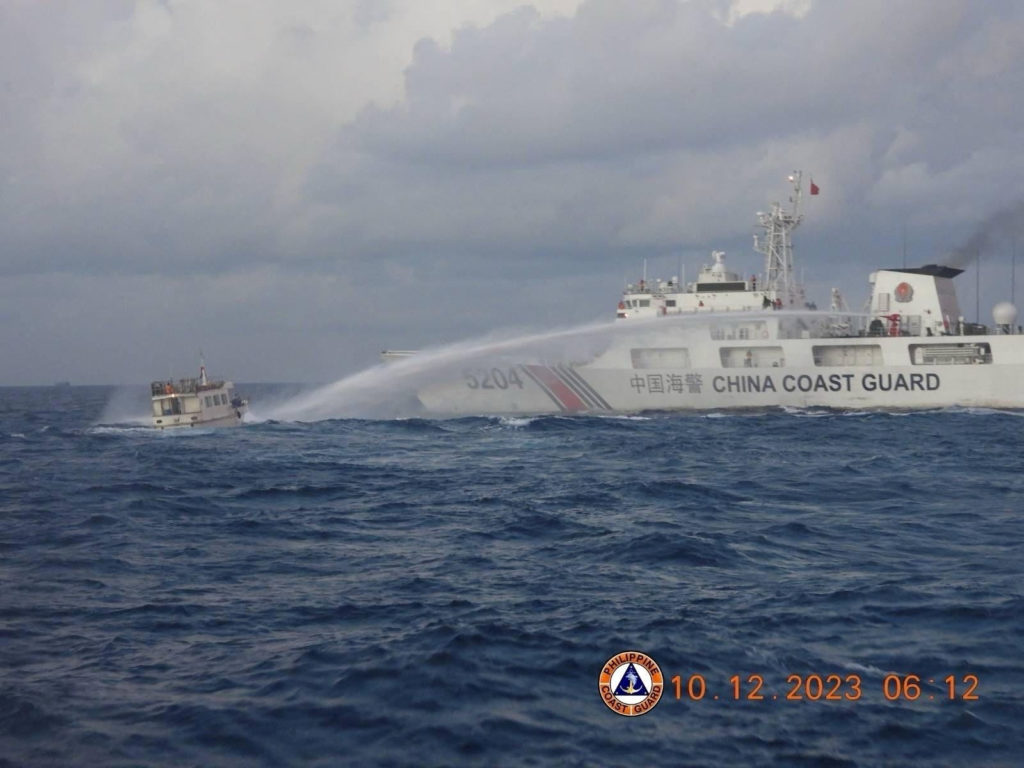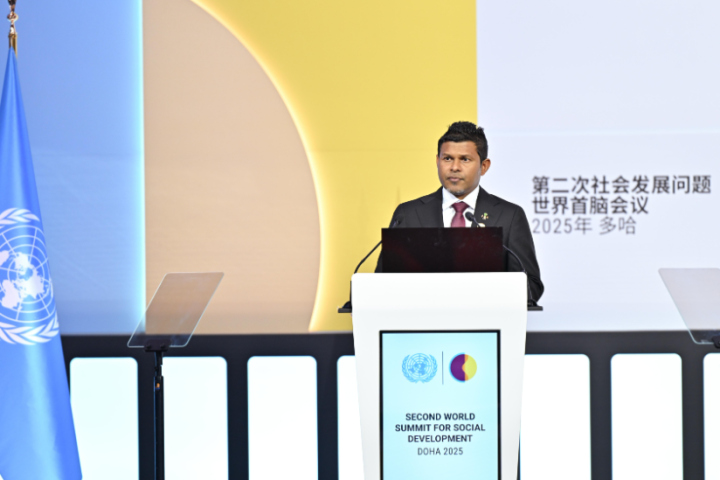China’s growing assertiveness in the South China Sea and Taiwan Strait has reshaped Asia’s security dynamics. Actions such as the militarisation of disputed features, increased maritime patrols, and frequent incursions near Taiwan have heightened tensions across the region. For the Philippines, historically cautious in its foreign policy, this evolving environment has prompted a significant recalibration. Manila is now strengthening its defence posture through deeper engagement with traditional allies, emerging partners, and informal coordination with Taiwan to safeguard its interests and maintain regional stability.
The turning point came with the 2024 United States, Japan and Philippines trilateral agreement and the QUAD summit, which firmly placed Manila at the centre of a new coalition to deter Beijing. The trilateral pact promised deeper naval cooperation, combined patrols, and enhanced support for Philippine defence modernisation. It marked a decisive break from Manila’s earlier balancing act and placed deterrence at the heart of its strategy.
Building on this, the Philippines reached outward, weaving new partnerships with India, Canada, the United Kingdom, New Zealand, Australia and the European Union nations. Most of these are non-regional players, highlighting the global dimension of China’s assertiveness. The rationale is simple: the South China Sea and Taiwan Strait are not just Asian flashpoints but global arteries of trade and security. If China succeeds in controlling them, the consequences would devastate the world economy, compromise food and energy security, and strip several nations of their EEZs and even territorial seas.
The most striking development has been Manila’s quiet but deliberate effort to draw Taiwan into its defence orbit. Recently, the two reasserted their informal security partnership. “The Philippines is slowly and unofficially drawing Taiwan into the defence architecture of the country and of the region,” a senior Philippine government source revealed, adding that Manila is ramping up exchanges with Taiwanese security officials, not only at the coastguard level, but also with the island’s “senior military leadership.” “Right now, there are stronger military-to-military engagements with Taiwan,” the source said, noting that “unofficial”, out-of-uniform meetings were ostensibly covered as tourism. “There is now a stronger push, a more deliberate effort,” they added.
Security cooperation between the Philippines and Taipei is not new. Past trilateral coastguard drills with Japan showed the beginnings of this partnership. But under President Ferdinand Marcos Jr, bilateral military engagement has accelerated dramatically. Taiwanese observers were present at the Balikatan United States–Philippines exercises in April and May 2025, where Japan officially joined with personnel and equipment for the first time. These developments mark a new phase. Taiwan is no longer a silent partner but an embedded observer and collaborator in the United States–Philippines–Japan security framework.
The urgency of this cooperation is underscored by China’s intensifying pressure. According to the Philippines’ National Security Council, Chinese naval vessels have multiplied in Philippine waters over the past year, backed by cyber-attacks, espionage campaigns, and disinformation efforts. Beijing’s goal is clear: weaken Manila’s will to resist and normalise its illegal presence.
In response, the Philippines has launched a ‘comprehensive archipelagic defence strategy’. This layered securitisation rests on three pillars: a bilateral treaty anchor with the United States, trilateral and minilateral ties with Japan and like-minded powers, and targeted capability transfers to raise deterrence without formally triggering war. This strategy acknowledges that China’s coercion is not episodic but structural and must be met with resilience on multiple fronts.
Manila’s shifting position on Taiwan has made international headlines. In August 2025, during his visit to India, President Marcos bluntly acknowledged that his country would inevitably be dragged “kicking and screaming” into any Taiwan conflict. The comment infuriated Beijing but won public thanks from Taipei.
“To be very practical about it, if there is confrontation over Taiwan between China and the United States, there is no way that the Philippines can stay out of it simply because of our physical, geographic location,” Marcos said. He emphasised that while Manila is not preparing for war, it is ready to cooperate with partners facing the “Chinese threat”. “Why should we turn down partners who face the Chinese threat? We are not acting as a puppet state. It is our duty to defend our country,” he declared.
Predictably, China has reacted with anger. “The Taiwan question … is at the core of China’s core interest,” a Chinese Foreign Ministry spokesman said, warning Manila to “refrain from making provocations and playing with fire.” A Taiwanese adviser summed it up: “Our security and military cooperation with the Philippines is going to get closer and closer.”
Geography leaves no room for ambiguity. Mavulis Island, the Philippines’ northernmost territory, sits less than 160 km from Taiwan. Any Chinese invasion of the island would directly threaten Philippine sovereignty, endangering over 200,000 Filipinos who live and work in Taiwan.
Beijing’s provocations have forced Manila to abandon decades of caution. In April 2024, Marcos lifted restrictions on government personnel engaging with Taiwanese officials and granted visa-free entry to Taiwanese nationals. Officially billed as tourism and trade measures, these policies have opened the door to deepening security ties.
Evidence is mounting. The Philippine coastguard has begun joint patrols with Taiwan in the Bashi Channel. Taiwan has been present as an observer in Kamandag exercises with the United States, the Philippines, and Japan. During Kamandag, United States, Philippine, and Japanese forces launched anti-ship missiles from the Batanes Islands, just 130 miles from Taiwan. Taiwanese personnel did not participate directly but were involved in tabletop planning and real-time observation.
But the Philippines has pressed on, even amid Chinese threats. Talk is emerging in Manila about the once-unthinkable: formally recognising Taiwan to pressure Beijing to pull back its vessels. Such a move would be a diplomatic disaster, one China fears precisely because it would unravel its coercive stranglehold over Taiwan’s international space.
The truth is evident. Beijing fears Manila’s growing closeness to Taipei not just because it strengthens Taiwan, but because it invites greater United States military presence in the region, the nightmare scenario for China’s strategic planners.
The Philippines and Taiwan have become the two principal obstacles to China’s nine-dash line strategy. As Chinese challenges intensify in both the South China Sea and the Taiwan Strait, Manila and Taipei are discovering their fates are intertwined. What began as quiet, unofficial exchanges is now hardening into a de facto security partnership, backed by the United States and Japanese power.
By broadening its network of allies and aligning more openly with Taiwan, the Philippines is doing what China dreads most: internationalising the conflict and denying Beijing the ability to isolate its targets one by one. China’s threats, cyber-attacks, and naval provocations will continue. But the Philippines has shed its hesitation and is leading the way in building a coalition of resistance — one that stretches from Tokyo to Washington, from New Delhi to Brussels, and now increasingly, across the narrow waters of the Bashi Channel to Taiwan. Far from being cowed by China’s intimidation, Manila and Taipei are proving that Beijing’s aggression is backfiring, forging stronger partnerships, deeper resolve, and a united front determined to contain China’s expansionism.












